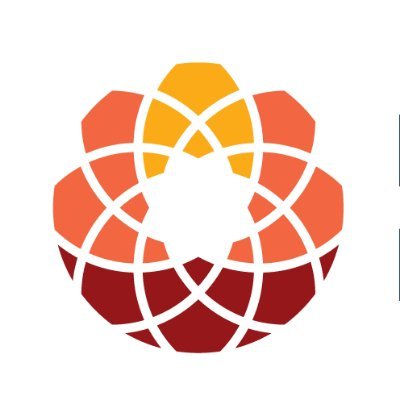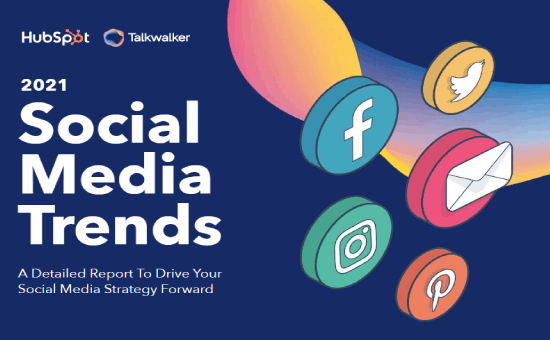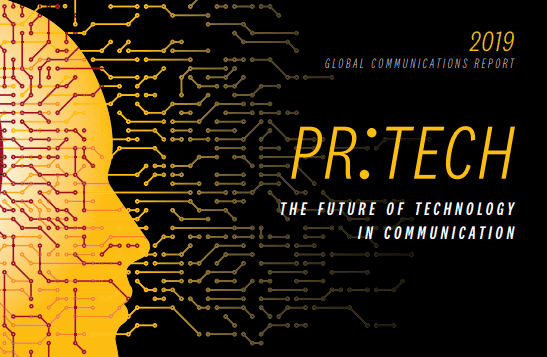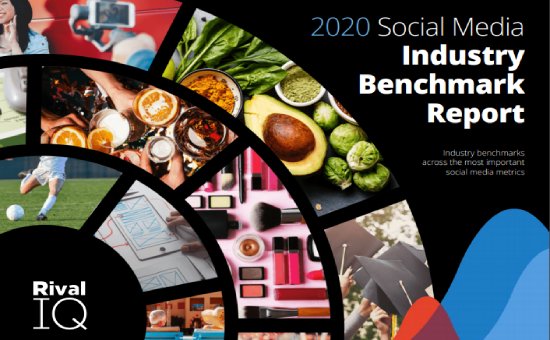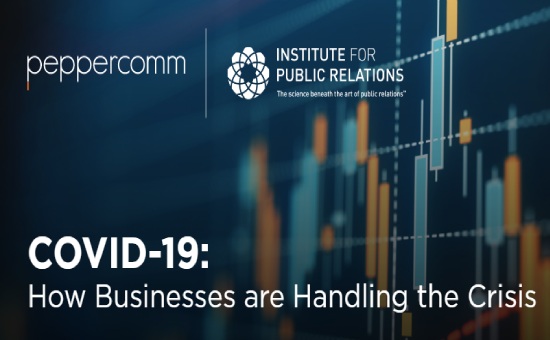COVID-19: How Businesses are Handling the Crisis Report | Institute for Public Relations
Digital PR | Global
Since the outbreak of COVID-19, its impact on everything and the greatest global disruption we have seen in our lifetimes. Many things have changed starting with the lockdowns, travel bans and restrictions, besides the cancelation of conferences. When it comes to business, most businesses have been trying their best to get ready for the crisis scenarios as the COVID-19 is unpredictable.
In this report, a study of 300 communications executives and senior leaders from March 5-10 to gain a better understanding of how prepared businesses were for COVID-19 and how they are handling the impacts.
Let’s take a quick glance at the top-line findings…
The Concentration About the Potential Impact of COVID-19
The chart below shows how concerned communications executives and senior leaders about the potential impact of CPVID-19 on their company.
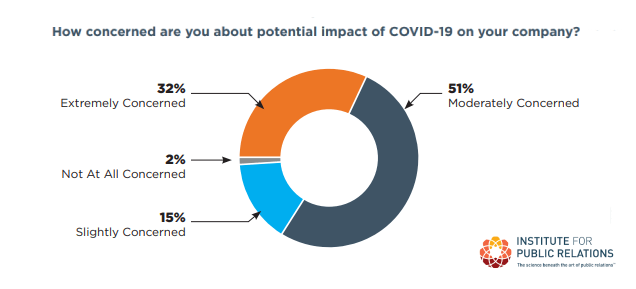
A Pie Chart Shows the Degree of Business Concerns About the Impact of COVID-19
- 8 out of 10 respondents are “moderately” or “extremely” concerned about the potential impact of COVID-19 on their company.
- More than half of them and their percentage is 51% are moderately concerned.
- While there are 32% who are extremely concerned about the potential impact of the COVID-19 outbreak.
- On the other hand, only 15% are slightly concerned, and just 2% said that they are not at all concerned about the COVID-19 potential impact.
Related Study: COVID-19 Crisis Communication
Companies’ COVID-19 Crisis Communication Plan
This phase is important and any company should consider this phase whether there is a crisis or not because we do not know what the future holds and companies should prepare for anything to be one step ahead. 85% of respondents said that their organizations are very or somewhat prepared to handle the Coronavirus crisis.
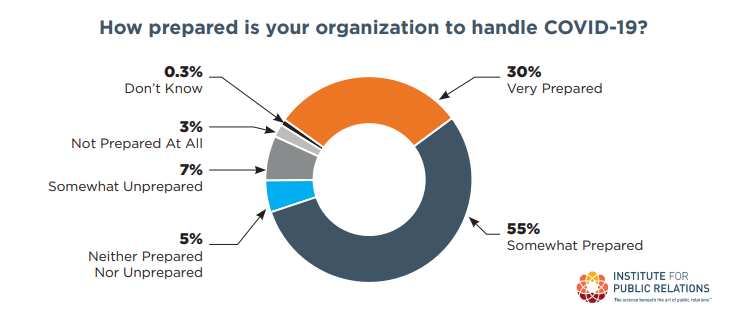
A Pie Chart Shows the Degree of Business Preparation to Handle COVID-19?
Communication executives differed on the status of updating their crisis plans with nearly one-third (32%) reporting making good progress on the updates. 23% said their plans had been fully updated. However, 10% did not have a crisis communication plan, and 13% had either not updated and would not, or had made little progress.
Related Guide: Crisis Management Handbook
The study shows the stats of companies’ crisis communication plans:
- 32% said that they have made good progress on updates.
- 23% said that plans have been fully updated.
- 11% said they have not updated their plans but they will be updating them.
- 10% said that they do not even have a crisis communication plan.
- 8% said that they have not updated their plans and do not have plans to do
- 65 said they do not know.
- 5% said that they have made little progress on the update.
- 4% had other opinions.
Related Guide: The New Rules of Crisis Management — 3rd Edition 2019
What’s in the “COVID-19: How Businesses are Handling the Crisis” Report:
- To what extent COVID-19 had an impact on your company’s business operations?
- How concerned are you about the potential impact of COVID-19 on your company?
- How important has the communication function been to the company’s COVID-19 response?
- How prepared is your organization to handle COVID-19?
- How prepared is your communication function to handle COVID-19?
- How involved is the communication function in communicating internally and externally?
- Who should be the primary communicator about COVID-19 within the organization?
- How much of a priority is the communication function placing on communication to specific stakeholders?
- Who is working with the communication function on a cross-functional team to oversee the COVID-19 pandemic?
- What is the state of the company’s crisis communication plan?
- Does your company’s crisis communication plan specifically address an infectious disease outbreak?
- How much do you trust the following sources to provide accurate news and information about COVID-19?
- Which sources are communication executives referring stakeholders to for more information?
- How are companies helping those affected?
- Open-Ended responses
- Demographics
- Methodology
Number of Pages:
- 9 Pages
Pricing:
- Free
Methodology:
The Institute for Public Relations and Peppercomm conducted a global online survey of 300 communication executives and senior leaders from March 5–10, 2020 to determine how their companies and their communication functions are responding to the COVID-19. The margin of error based on the sample size is +/- 6%, but please note this was not a random sample.
